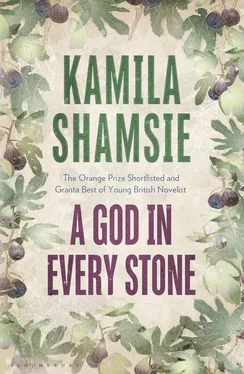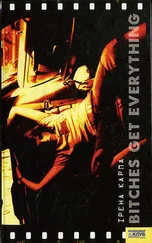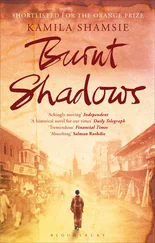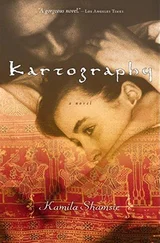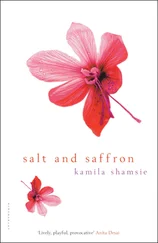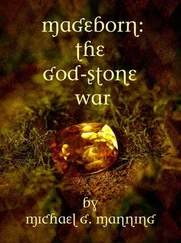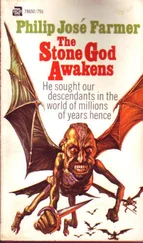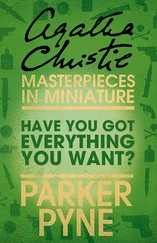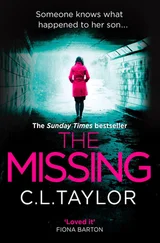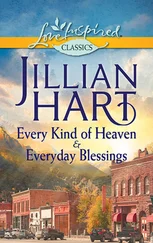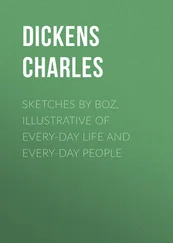I have, only this morning, been examining the records of Dr Spooner’s original excavations, and came upon a detail that may interest you. In one of the trial pits, to the south-west of the main stupa, were found fragments of white stone and a broken finger ‘the size of which suggests a statue of some enormity’. Miss Spencer, I sincerely believe this to be the eighteen-foot-high white statue which you, as I, must surely have surmised to be the Great Statue of which Kallistos writes. White stone was found nowhere else on the site, and from my examination of the detailed site drawings it seems that the trial pit in question is roughly one hundred paces to the south-west of the stupa, assuming the paces are those of a small man.
I would not bring this up if I thought there was no hope of further excavations. It’s true that within the Department there is no interest in returning to Shahji-ki-Dheri which yielded so little beyond the Kanishka Casket and caused such headaches, but the owner of the land with whom there were legal disputes and considerable bad blood has now passed away and his son is a man of gentler temperament. If it were possible to undertake a privately funded dig I believe he would be willing to lease out the land at a reasonable price.
I apologise again for this intrusion. It has often occurred to me to write to you but I have not wanted to presume. But now it gives me great pleasure to have occasion to thank you for all you did for me, and to hope the news I bear is welcome.
Yours sincerely
Najeeb Gul, BA (Islamia College)
Pactyike
Shahbaz Garhi
22 November 1928
Najeeb
The first rule of approaching any man: do not insult his appetite in one sentence and ask for his help in the next. (The chickens of Shahbaz Garhi are safe, and the goats are delicious.)
I have had more success here than I anticipated in promoting Ghaffar Khan’s ideas of reform, due to the support of my host who is held in high regard. He has advised me against using your translations of Asoka’s rock inscriptions when I talk to the men here, even though he was the one to take me to that rock for the first time when I returned from the war. Already there are rumours put about by the English and the mullahs that Ghaffar Khan’s ideas of non-violence are Hindu beliefs taken from Gandhi, so it is best to talk of the Prophet only, and not confuse matters by bringing a Buddhist king into it. But before you scowl too much — I went to the rock and read the translated words while I stood in front of it, and felt a powerful peace which I know to come from Allah, no matter which of his Messengers he used to spread it through the earth.
If you go to the fields at Shahji-ki-Dheri and ask for Afzal, son of Allah Buksh, and say you are my brother, he will tell you everything you need to know about the owner of the land. I am glad for your sake that you believe you’ve found something valuable to you, though I wonder what this artefact is, placed into your dreams by the English who teach you their version of history.
Your brother
Qayyum
This letter is being brought to you by a man I trust. If you send a reply by his hand write freely — otherwise, speak only of wedding celebrations.
V. R. Spencer
Senior Lecturer
University College
London
Najeeb Gul
Indian Assistant
Peshawar Museum
Peshawar
18 January 1929
My dear Najeeb Gul
My memory needs no aid in recollecting you. It gives me such pleasure to know that the young Pactyike has found himself a position at the Peshawar Museum — and at such an early age. The last fourteen years of my life have involved less dramatic changes than yours (Taxila!) but I have kept myself well occupied. In addition to the lectureship post at University College I have catalogued several museum collections and taken part in a few digs: the Borg in-Nadur Temple in Malta, with my former teacher at UCL, Margaret Murray; Roman sites in Wales with my former classmate from UCL, Tessa Wheeler, and her husband Mortimer; and, most recently, the Fayum with my former student from UCL, Gertrude Caton Thompson. (Well might you think I am part of a UCL cabal!) At present, though, England is by far the most interesting place to be as my old friend Mrs Mary Moore, a local councillor, plans to run for Parliament in the next elections, which will be the first to allow women voting rights on equal terms with men. I daresay this all seems very odd to you.
But to come to the point. At the time of its publication I read the Archaeological Survey Report of 1919–20, and learned that Shahji-ki-Dheri had been returned to cultivation.The news was not as distressing to me as I would have imagined and after some consideration I realised that I didn’t truly believe the Circlet is there (though, yes, when in Peshawar I had great hopes). I was in some state of agitation when I came to Peshawar — wanting to believe impossible things — and I must apologise if in that state of mind I said or did anything that led you to believe, and hold on to, falsehoods. Of course you were just a child then. But how can the Assistant of Peshawar Museum (BA) really imagine that an artefact (circa 515 BC) from Caria, last heard of during the Hecatomnid era which ended in 334 BC, might come to be buried in Peshawar during the visit of Sung-Yun somewhere between ad 515 and ad 520? (There is only so much we can lay at Alexander’s door.) I can only assume Mr Hargreaves shares this view else there would be no need for a privately funded dig.
Don’t allow me to lead you astray any further. You are at a most privileged place and time in the history of archaeology. Concentrate your mind on what can realistically be sought after, and found.
Yrs.
Vivian Rose Spencer
Najeeb Gul
Taxila Museum
Taxila
Qayyum Gul
Rose Door House
Next door to Hari Das Cobbler’s
Off Lahori Gate Road
Peshawar
15 March 1929
Lala
Thank you for sending the letter from England to me. Yes, the sender Miss V. R. Spencer is Miss Spencer from long ago. She is the one who I had hoped would lease the land at Shahji-ki-Dheri, but it seems it isn’t just girls who grow into women as caterpillars grow into butterflies but in the case of the English when the butterflies age they enter a cocoon. I will try once more to convince her, but I’m not hopeful.
I know you don’t understand why this means so much to me. How can I explain how it feels to hold an ancient object and feel yourself linked to everyone through whose hand it passed. All these stories which happened where we live, on our piece of earth — how can you stay immune to them? Every day here in Taxila I dig up a new story. And, yes, I’m grateful to the English for putting this spade in my hands and allowing me to know my own history. But to you history is something to be made, not studied, so how can you understand?
I have received permission from Mr Hargreaves to stay with the dig in Taxila a little longer so will not return to Peshawar until the end of the month. I hope all the wedding celebrations are going well.
Your brother
Najeeb Gul
Taxila Museum
Taxila
Miss V. R. Spencer
Senior Lecturer
University College
London
15 March 1929
Dear Miss Spencer
I write to you from Taxila where a museum has recently opened to house the great findings of our excavations. I am here for a few weeks to advise on some teething problems, and am also taking the opportunity to participate in a dig. It is truly a privileged position to work both on the excavation and the curation of Gandhara artefacts. They are undoubtedly the most beautiful statuary created by human hands.
Читать дальше
